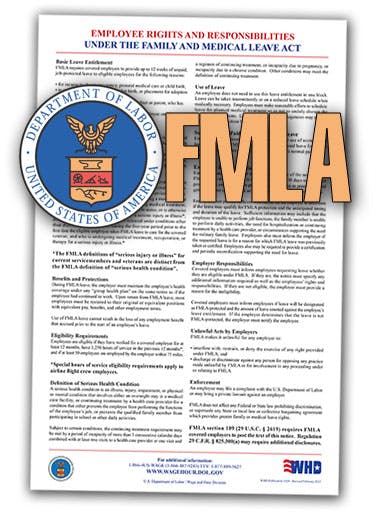By. Eric B. Meyer
Remember, over the summer, when I wrote about how sending Family and Medical Leave Act paperwork to an employee via first class mail is a big mistake.
Why? Because if the employee claims not to have received the paperwork, then you have no proof of delivery, and possible FMLA interference issues if the employee is somehow precluded from taking FMLA leave.
So, I offered three alternatives:
- Pick a method of delivery that requires a receipt/other proof of delivery with a signature, such as certified mail, overnight delivery.
- Hand-delivery at work (with a signature) is pretty good too; or,
- Email, with a return email from the recipient acknowledging receipt.
You need proof the notice was delivered
Last week, in this opinion (Gardner v. Detroit Entertainment), a federal court in Michigan highlighted the importance of confirming receipt when emailing that FMLA paperwork:
Defendant had the right to require Plaintiff to recertify her FMLA leave. … Specifically, the issue is whether Defendant (through FMLASource), by informing Plaintiff of the recertification requirement via email, gave Plaintiff proper notice of that requirement … The transmitting of an email, in the absence of any proof that the email had been opened and actually received, can only amount to proof of constructive notice.”
Parenthetically, it’s worth noting that, for FMLA re-certification, even oral notice to the employee would suffice. However, oral notice can often devolve into a “he-said/she-said” situation.
So, I’ll say it again: When it comes to satisfying FMLA notice requirements, consult the list above and have proof that the notice was delivered.
This was originally published on Eric B. Meyer’s blog, The Employer Handbook.
